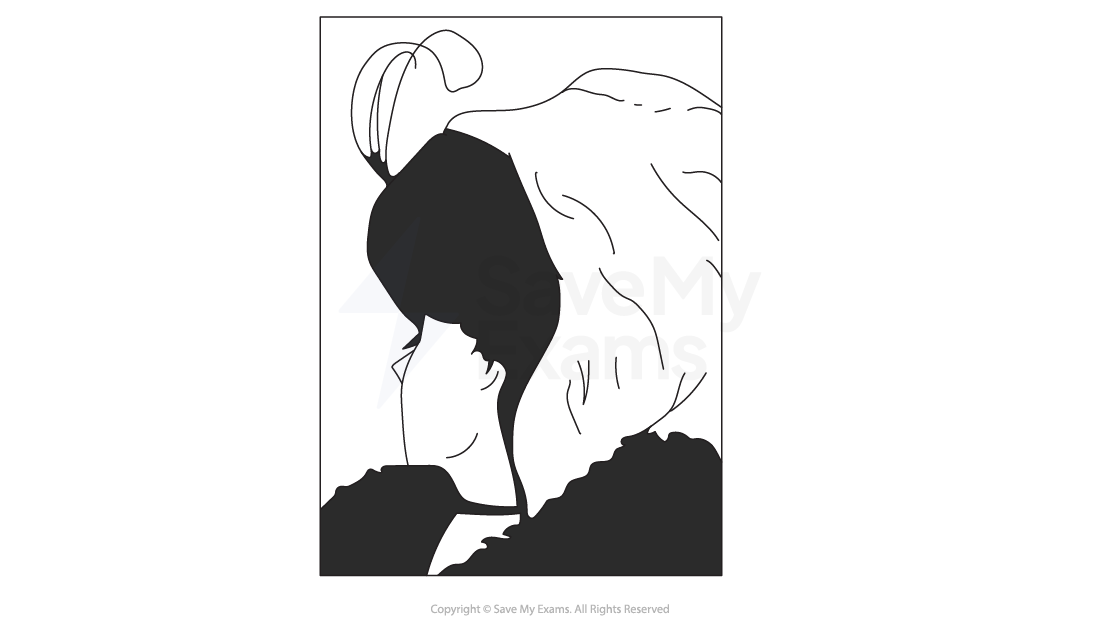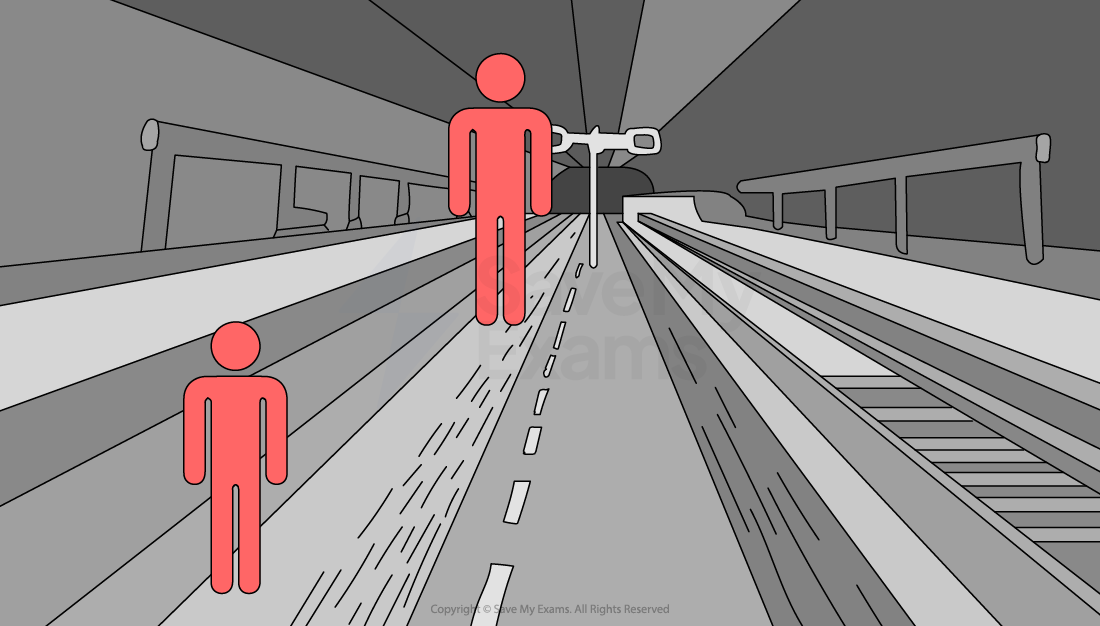Here are some examples of questions you might be asked on this topic - for AO1 and AO2.
AO1: You need to demonstrate knowledge and understanding of key concepts, ideas, theories and research.
AO2: You need to apply your knowledge and understanding, usually referring to the ‘stem’ in order to do so (the stem is the example given before the question)
AO3: You need to analyse and evaluate key concepts, ideas, theories and research.
After each featured question there is a ‘model’ answer i.e. one which would achieve top marks in the exam.
AO1:
Question: Which one of the following visual illusions can be explained as the brain suggesting an image which is not there:
A Size constancy
B Fiction
C Ambiguity
D Misinterpreted depth cues [1]
Model answer:
AO2:
Professor Duckrabbbit has conducted research into ambiguous visual illusions, asking 60 people whether they could see an old woman or a young woman in an ambiguous image. The results are shown in the table below:
|
Number of people who saw an old woman
|
49
|
|
Number of people who saw a young woman
|
11
|
Question: Calculate the percentage of people who saw an old woman. State your answer using two significant figures and show your workings. [3]
Model answer:
For 3 marks:
- 82% as this is the result of 49 x 100 divided by 60 = 81.66
- To ‘two significant figures’ means that you should round up/down to give the two most meaningful figures in the score i.e. because 81.66 is over 81.5 then you round this up to 82





